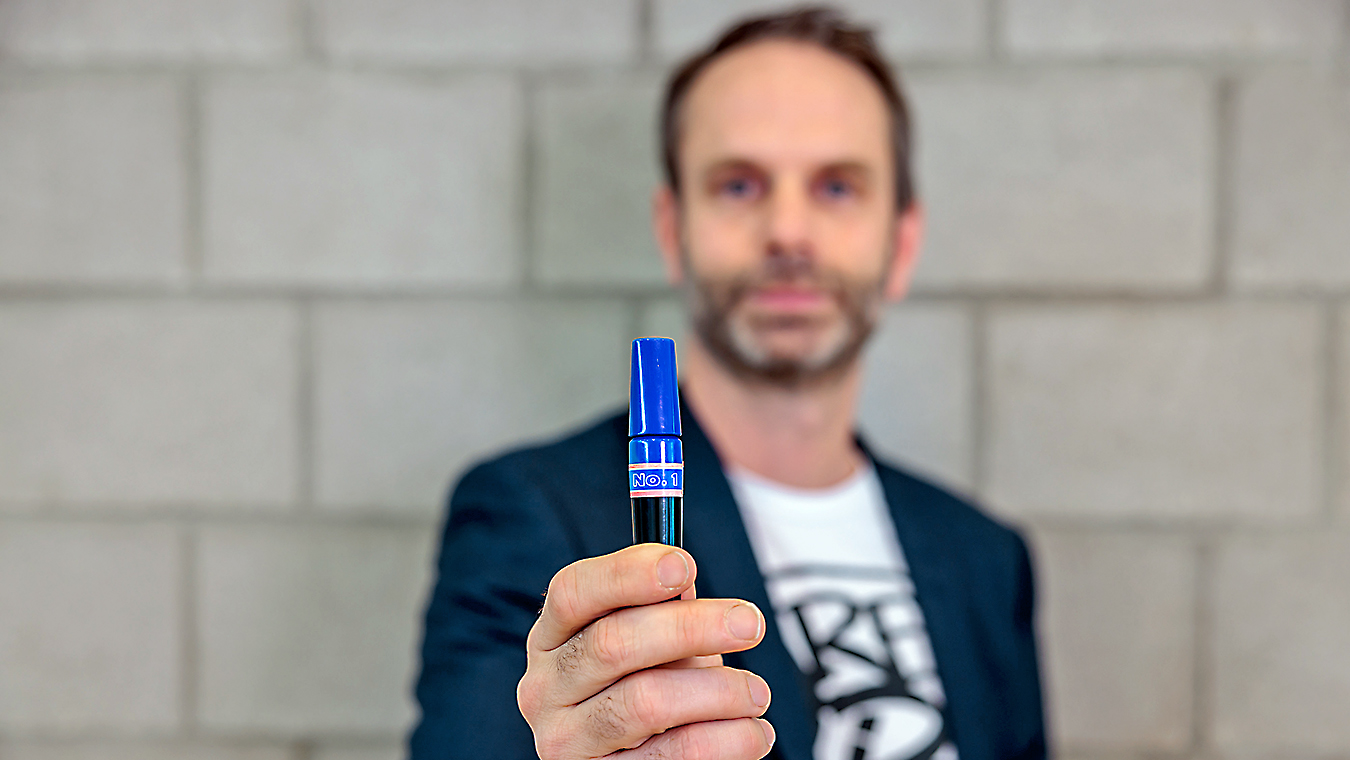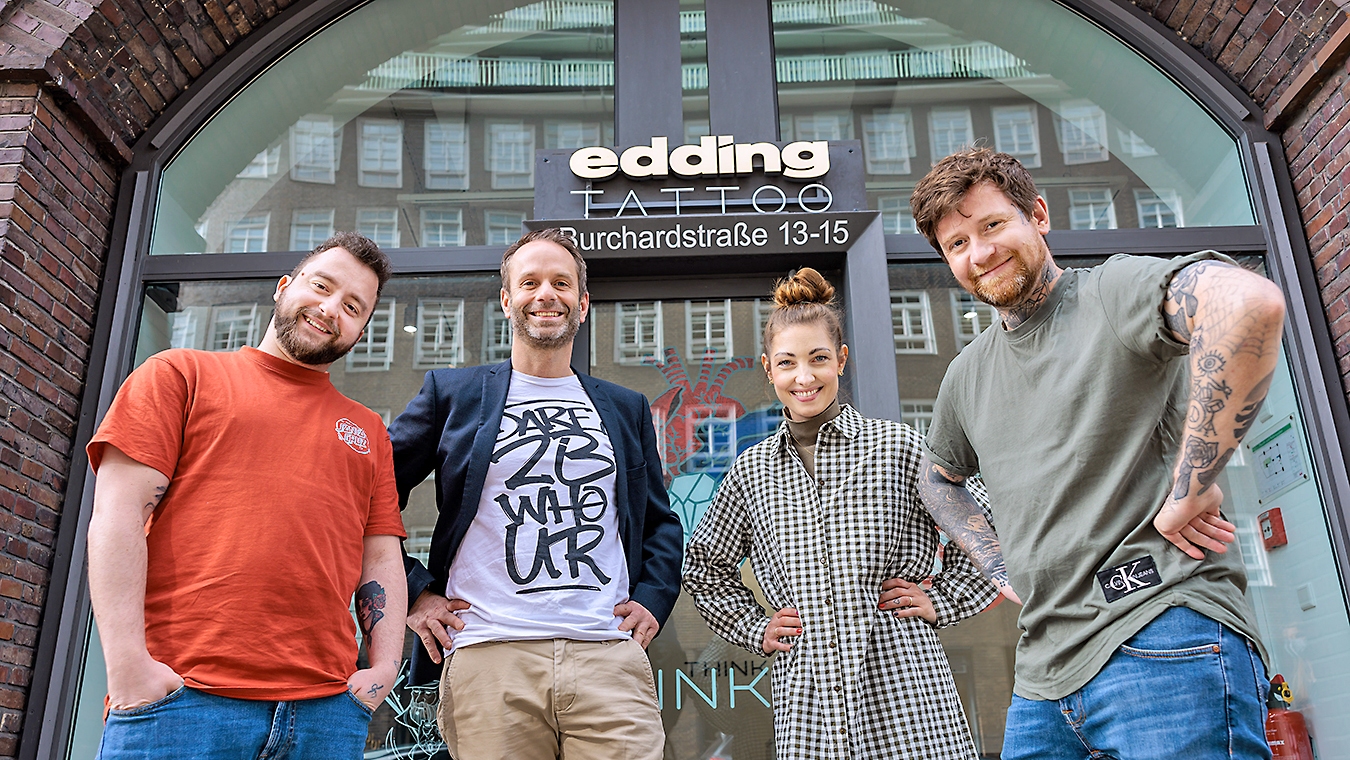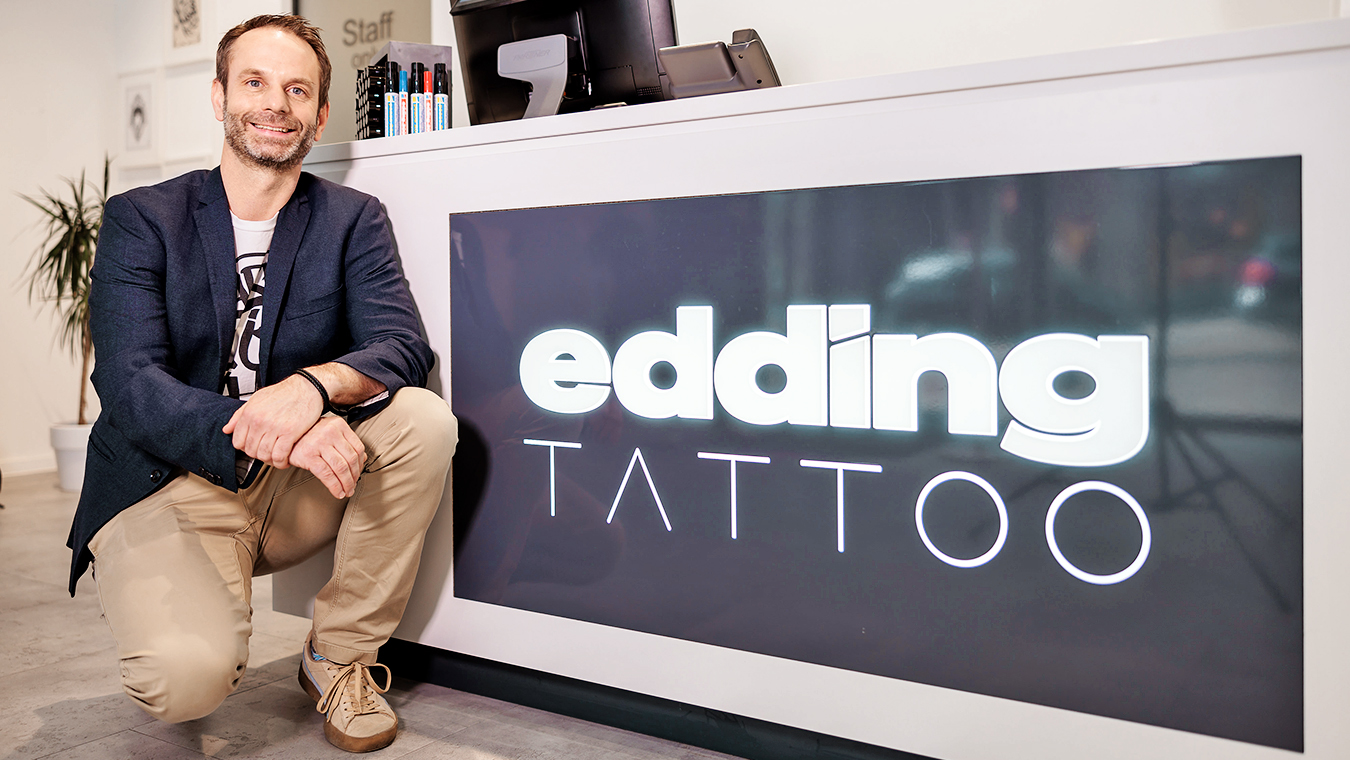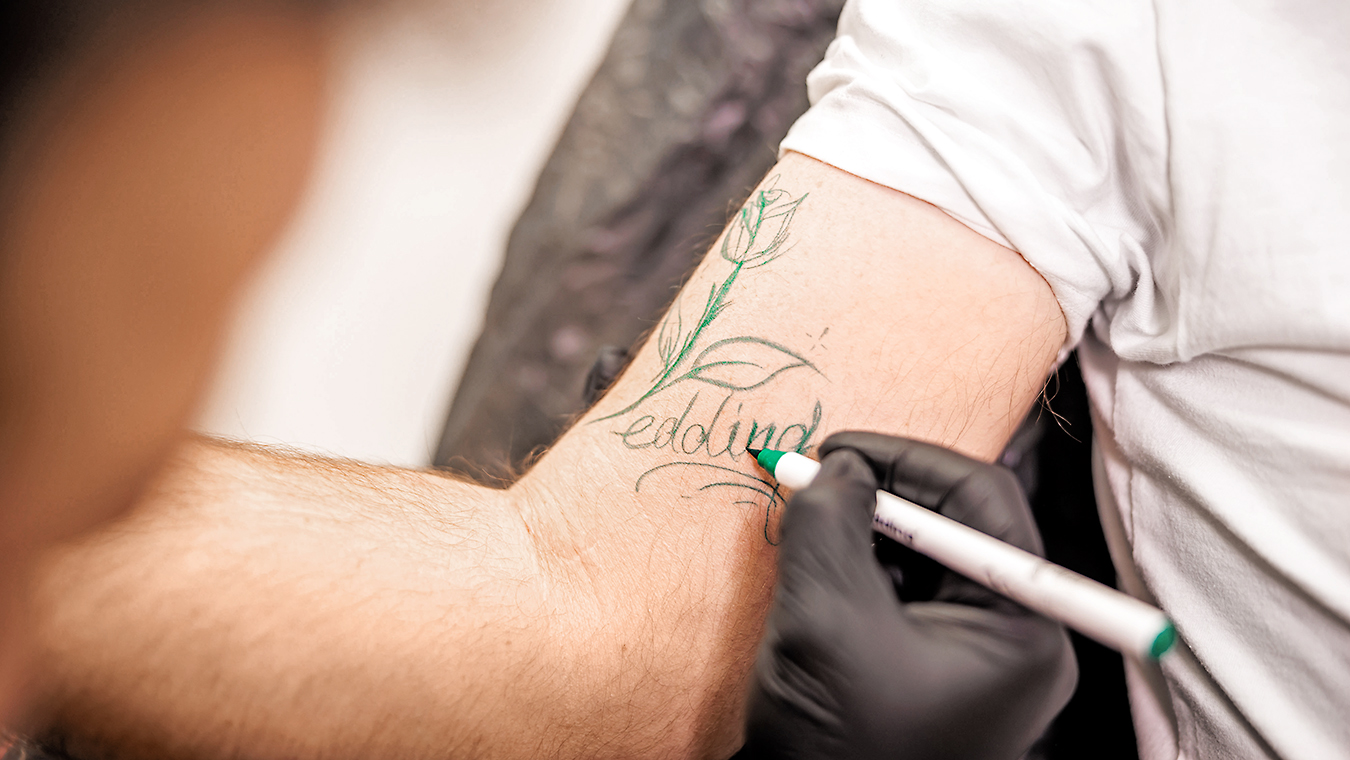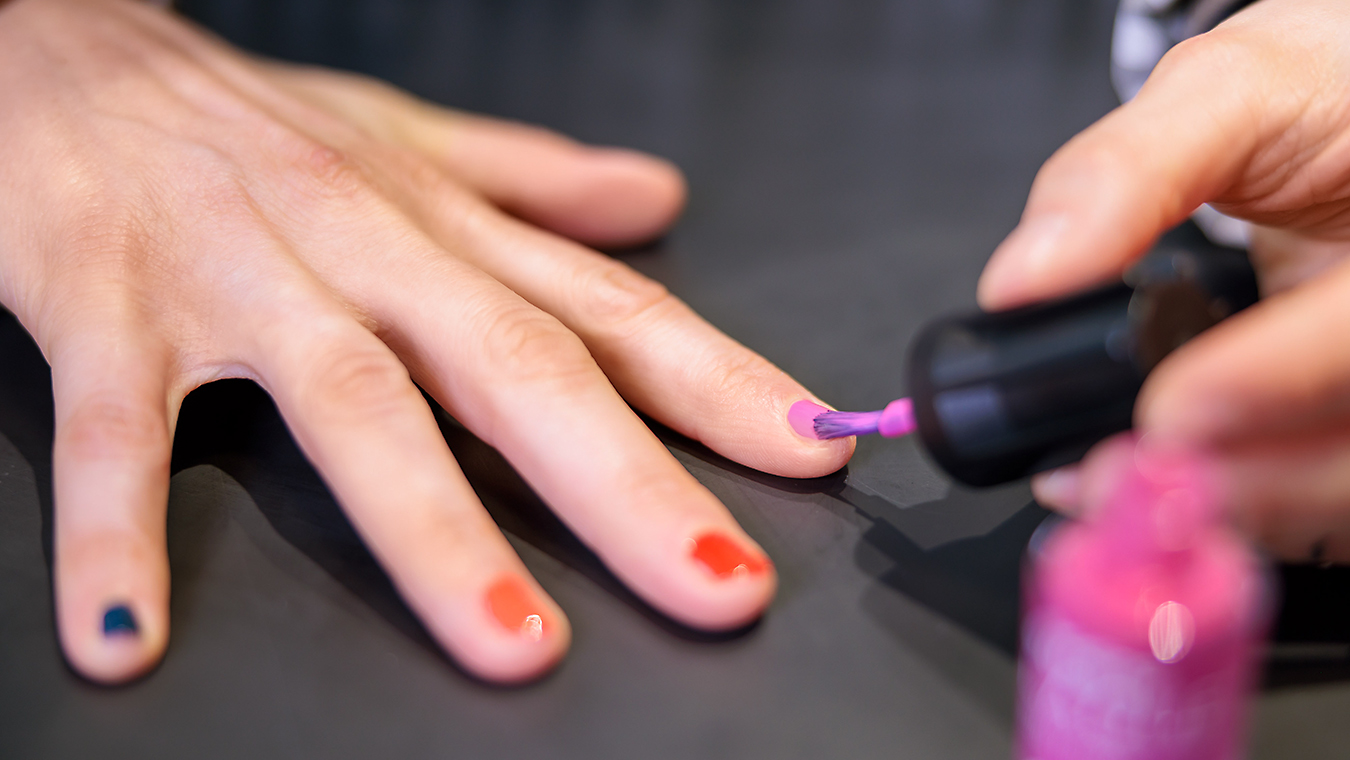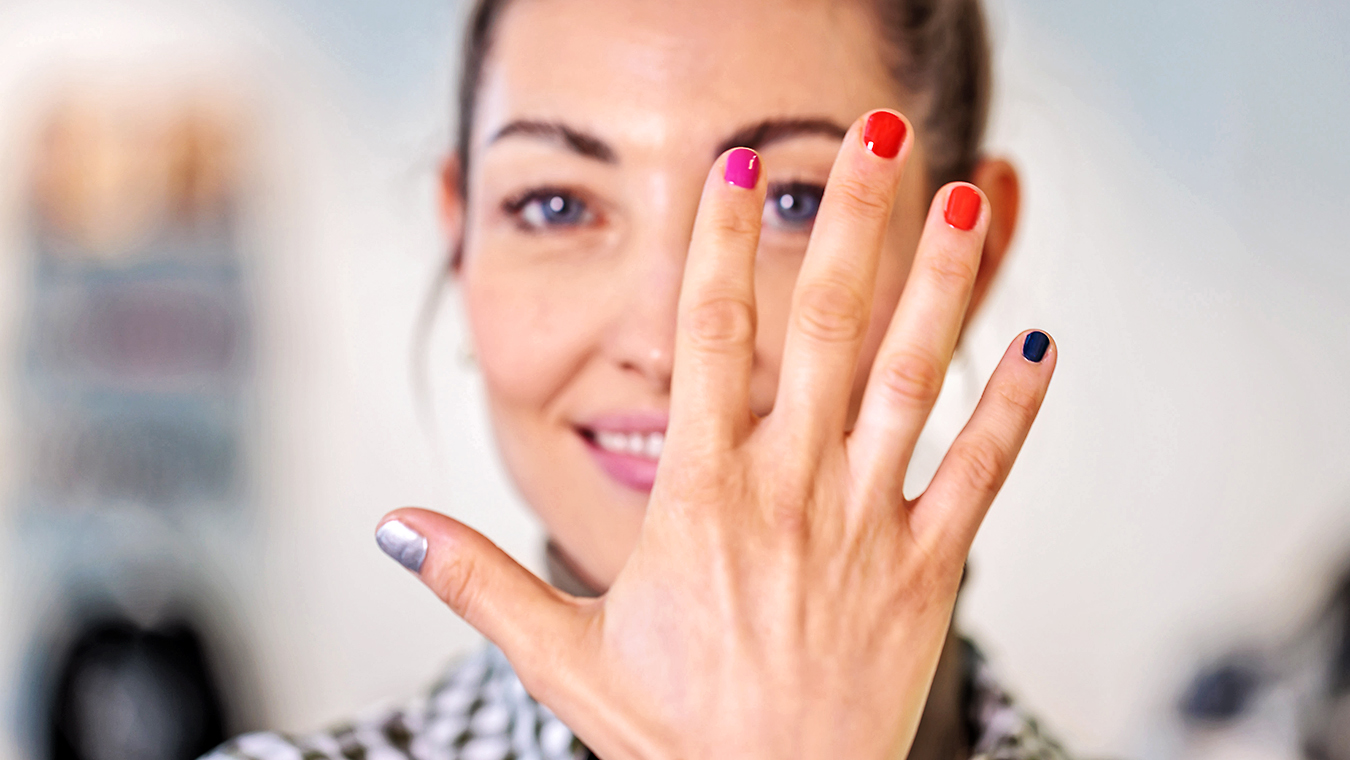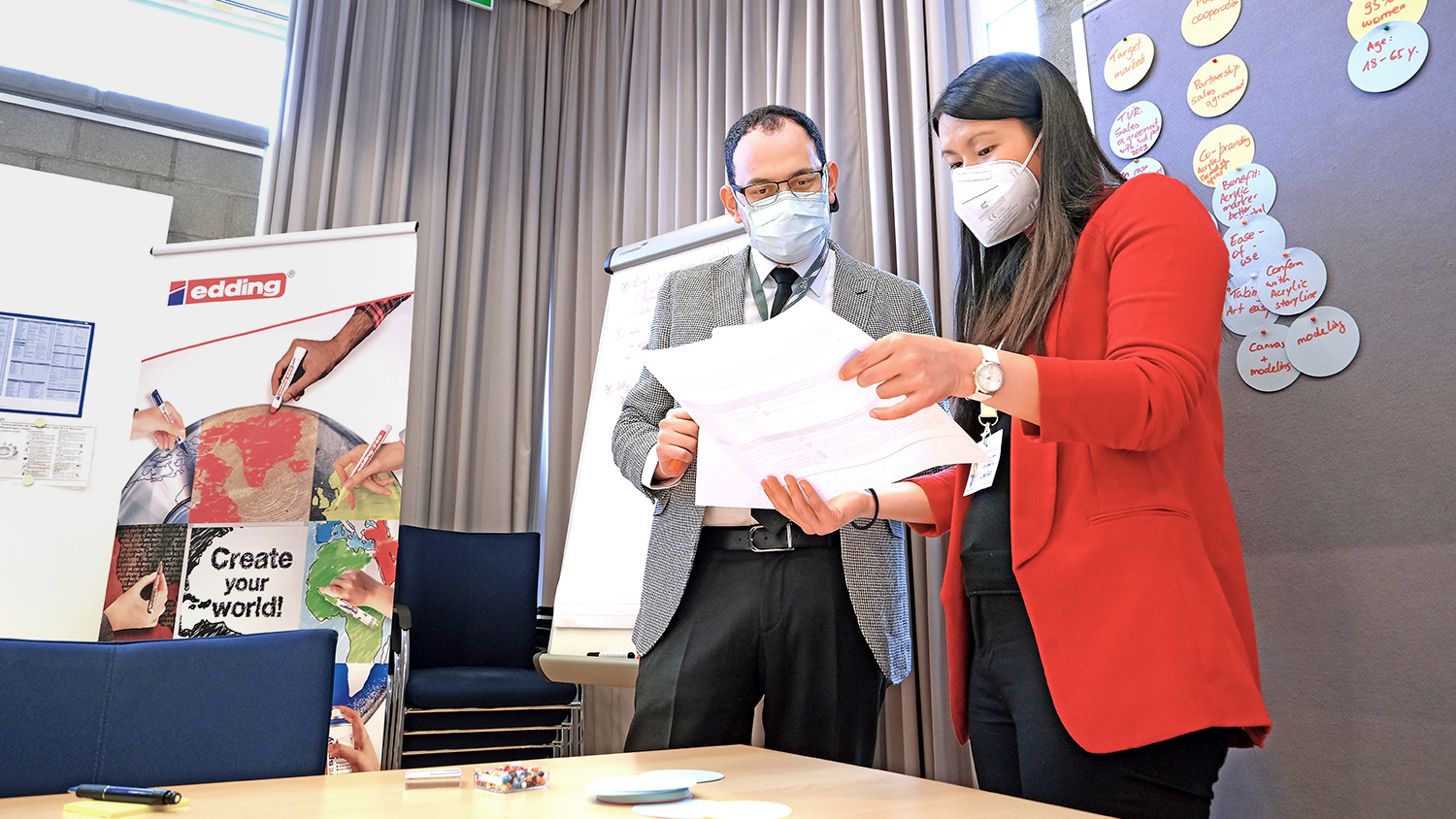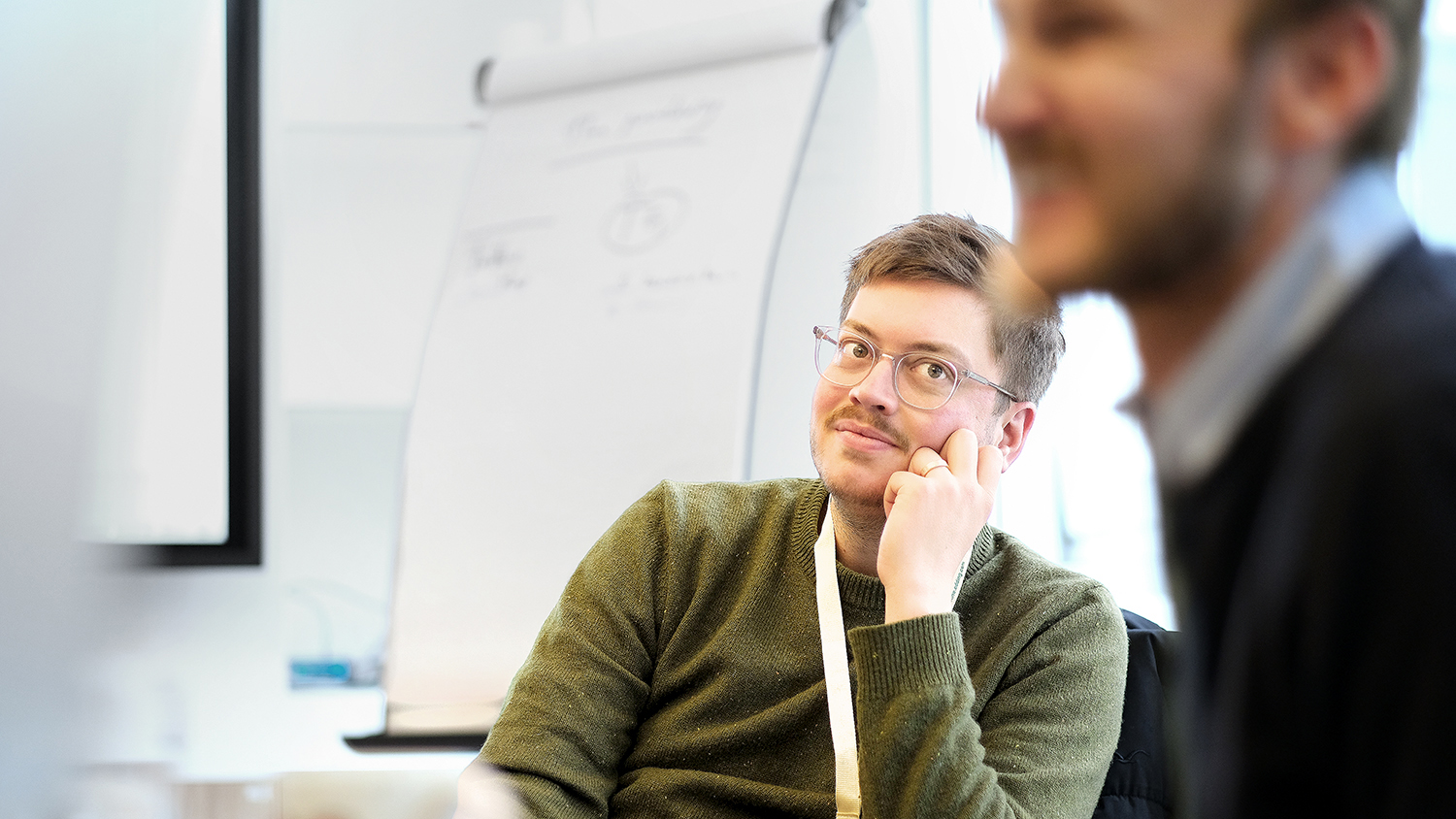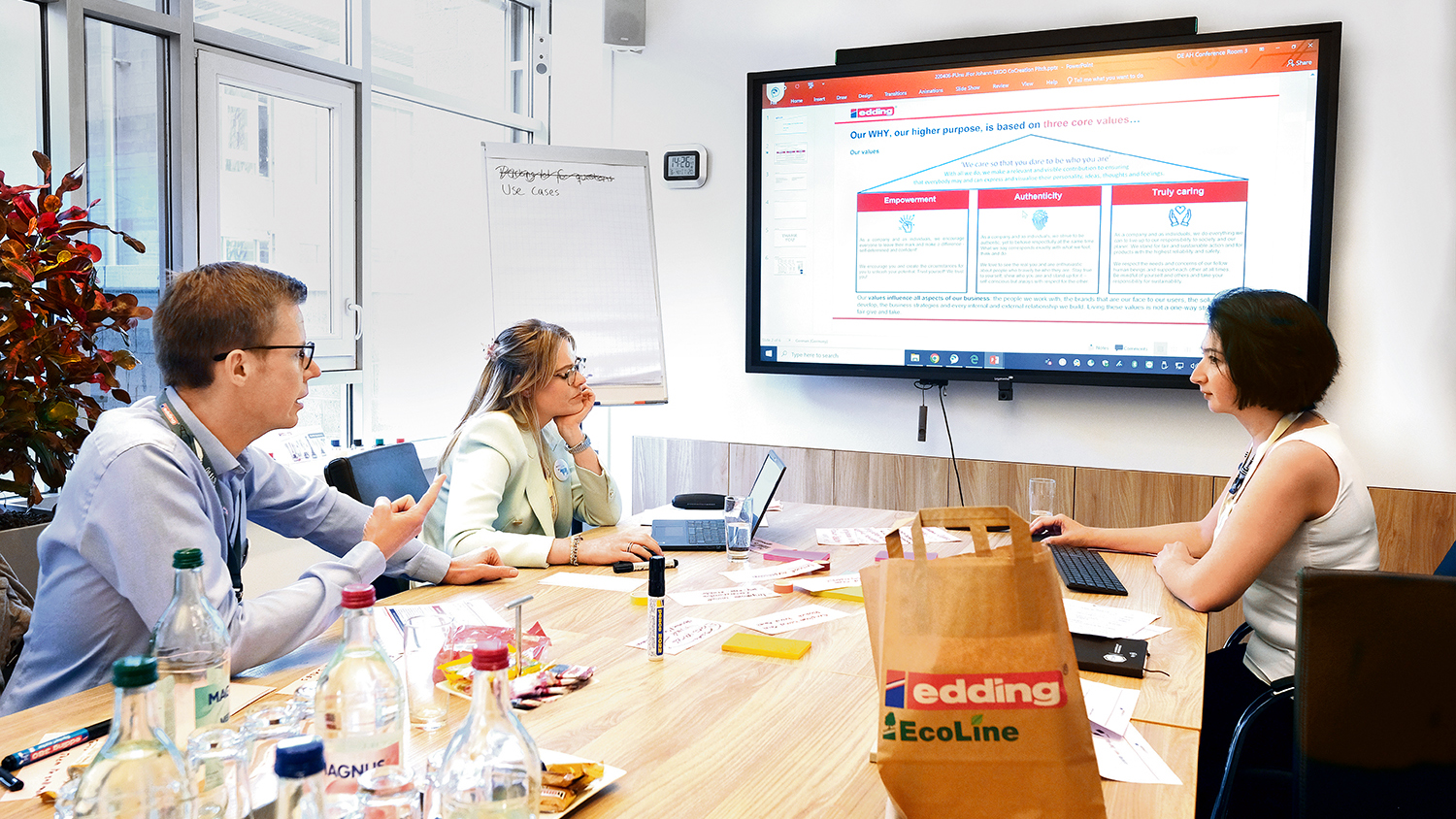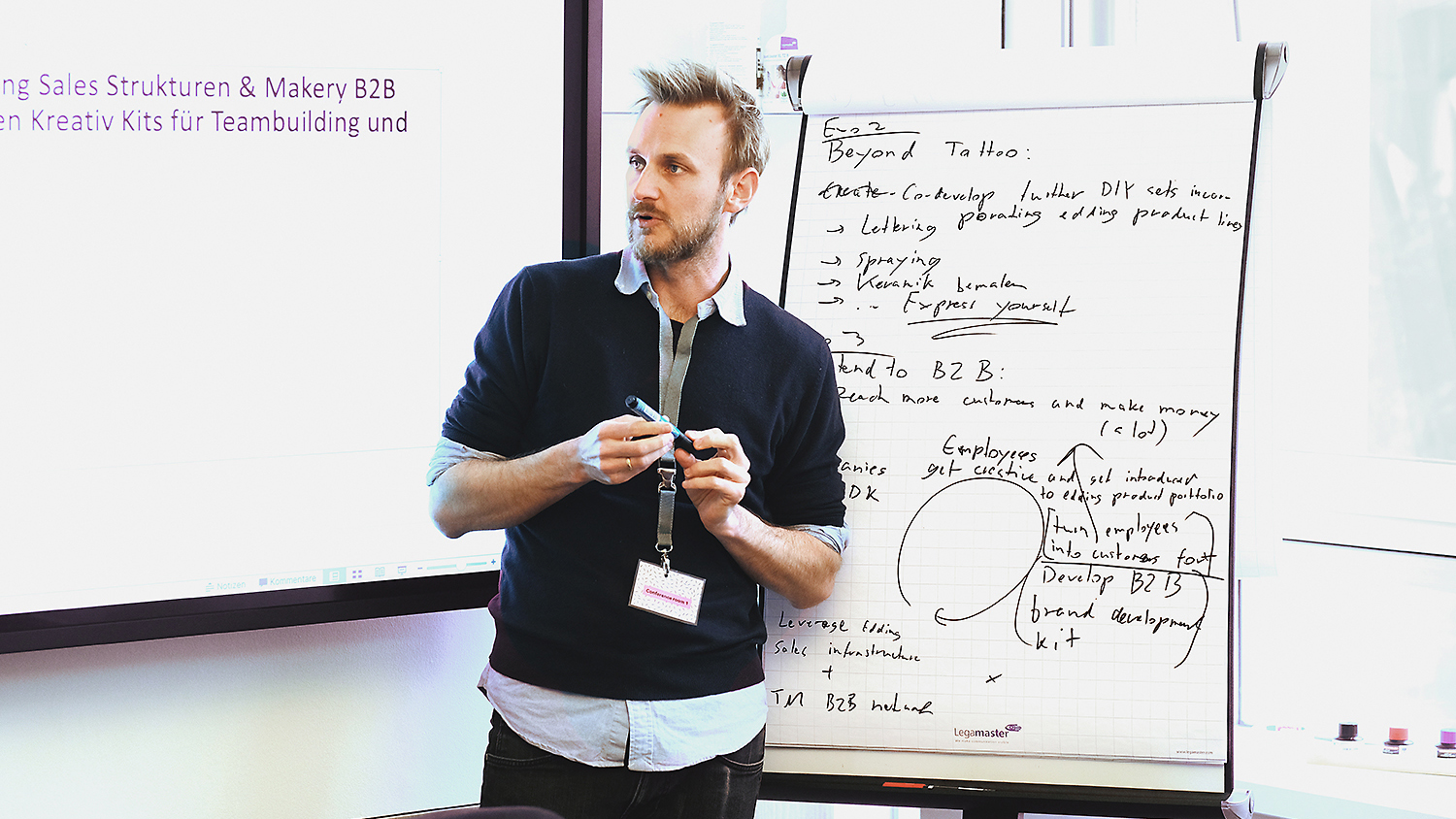Tattoo Transformation
Family-run companies with long-standing successful products prefer to stick to their traditions. Change can be difficult for them — unless the next generation brings an unusual degree of courage. Like at Edding.
09/2022
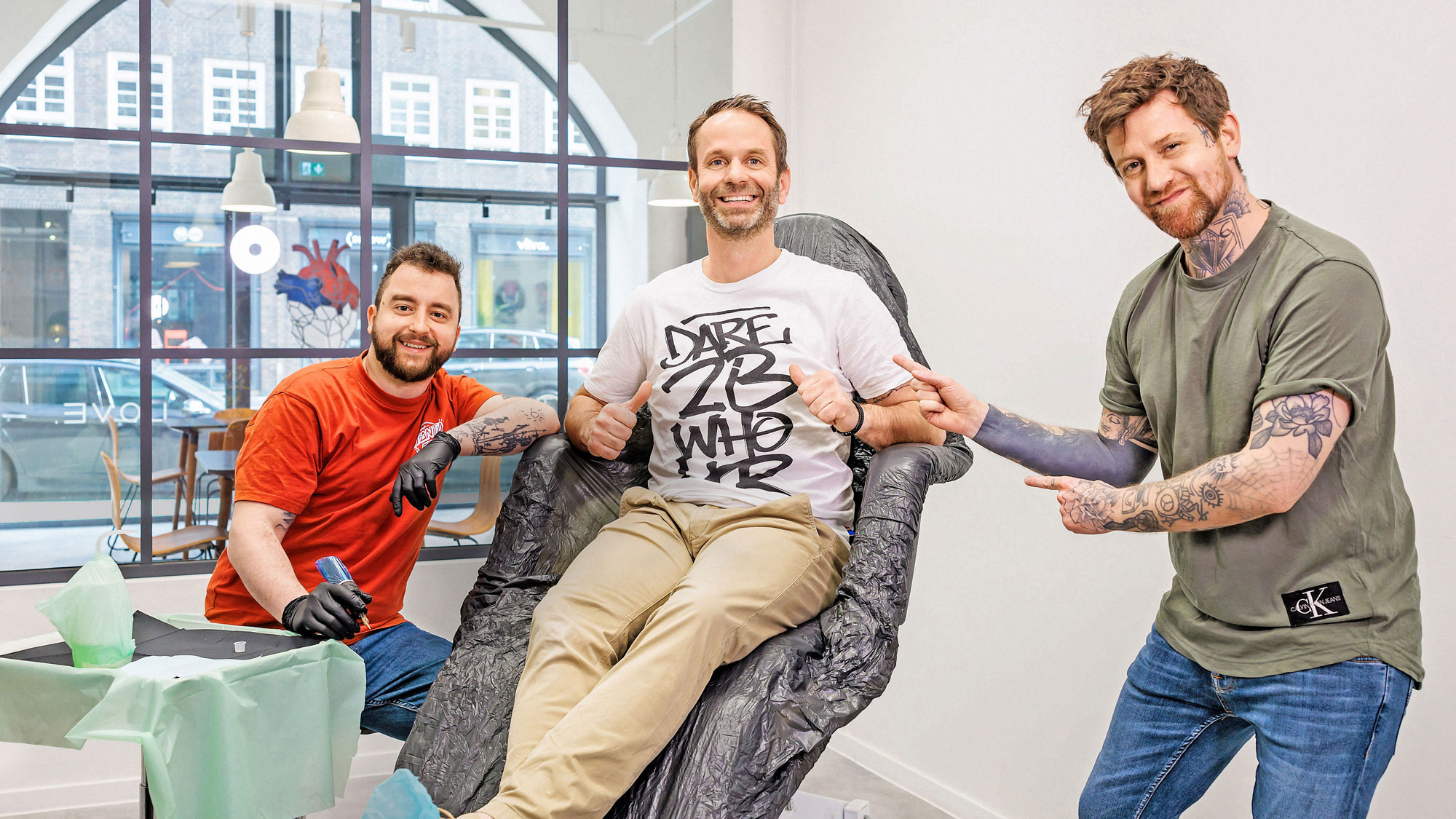
Board members should be role models for their employees—meaning as authentic, flexible, and persuasive as possible. But does that mean they should immediately get themselves tattooed? CEO Per Ledermann, born in 1975, did exactly that with his own ink in the service of transformation. His company’s new course was launched on his left upper arm.
But let’s start at the beginning. When the Edding company was founded in 1960 by two young entrepreneurs with the minimum starting capital of 500 German marks (about 260 euros), no one could have foreseen that the name “Edding” would soon become synonymous in Germany and abroad with high-quality felt-tip pens. It would sell around 100 million of them in its first ten years—today that figure is approximately 150 million annually.
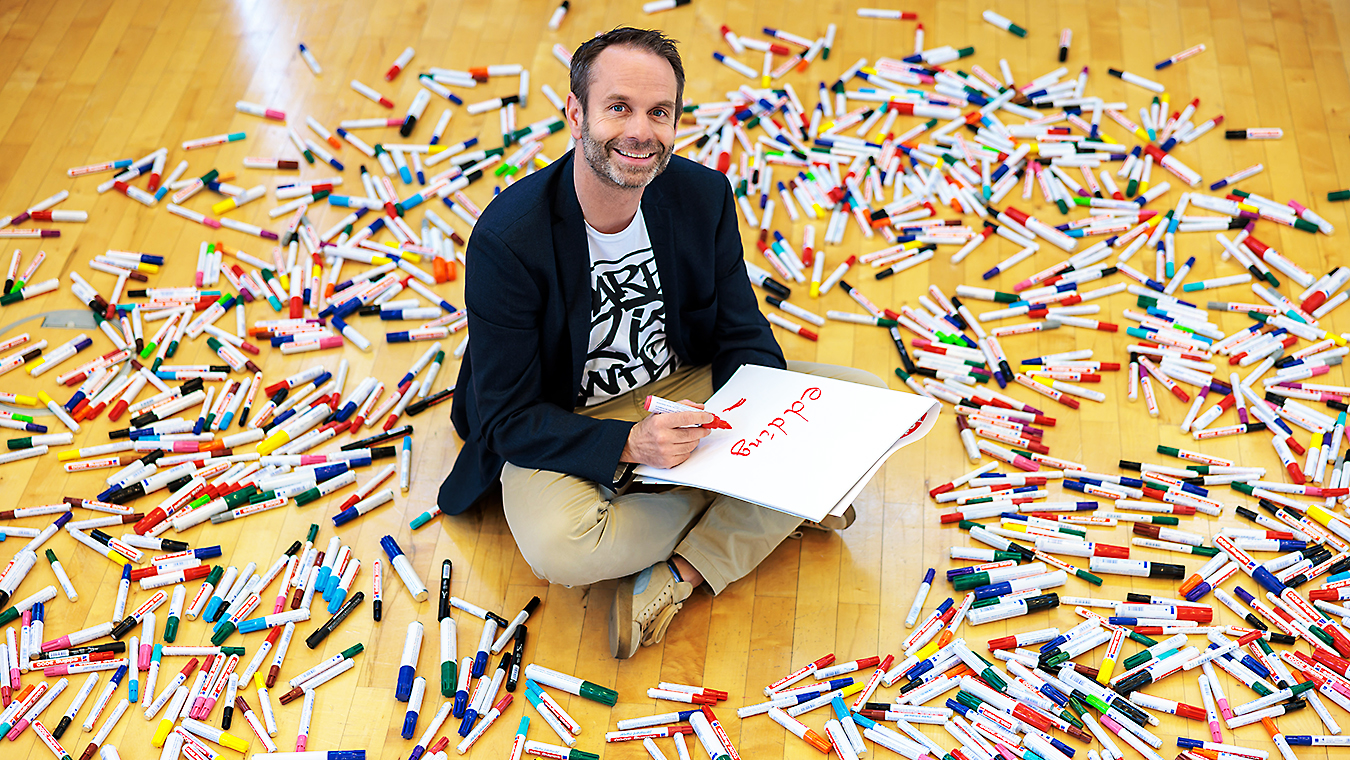
“Permanent marker” is the generic term for these conspicuously wide-tipped pens. They were originally used by professionals at warehousing, logistics, and shipping firms to mark packages quickly and clearly. Then they were discovered by artists, drafters, marketing agencies, and private individuals. And for decades they were a fixture at lectures, seminars, and workshops for purposes such as writing on flip charts. In short, they had a broad market with a secure demand.
From Basement to Bourse
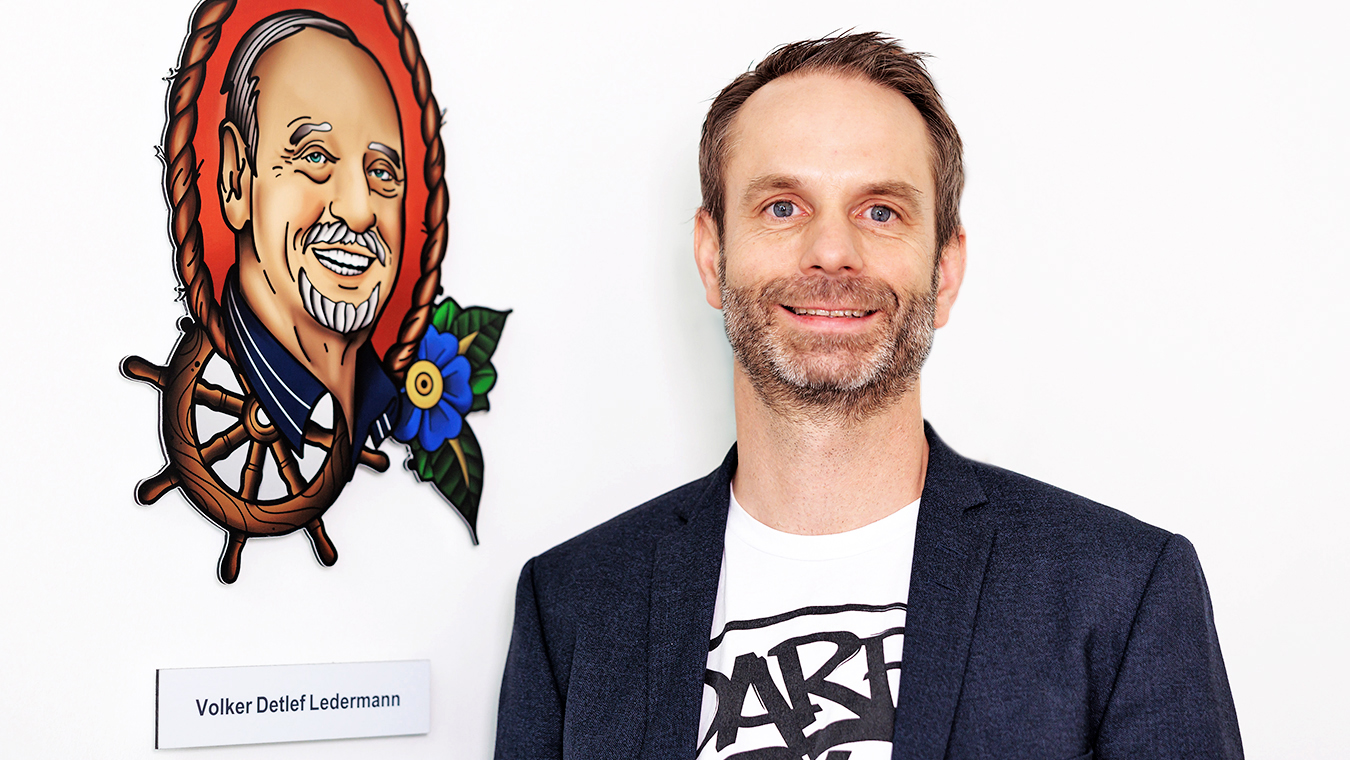
The logistics sector now needs far fewer Edding markers. And the colorful presentation cases of workshop organizers are an increasingly rare sight. Like almost everywhere else, here too the future is digital. The trend toward paperless communication could very well eliminate the need for writing utensils. In 2020, the market for office supplies already dropped by 25 percent. This downward trajectory is continuing, not least of all because companies are forgoing paper and pencils for sustainability reasons. This puts Edding AG, which went onto the stock market in 1986, in the midst of a major transformation. It has to reinvent itself and become more versatile.
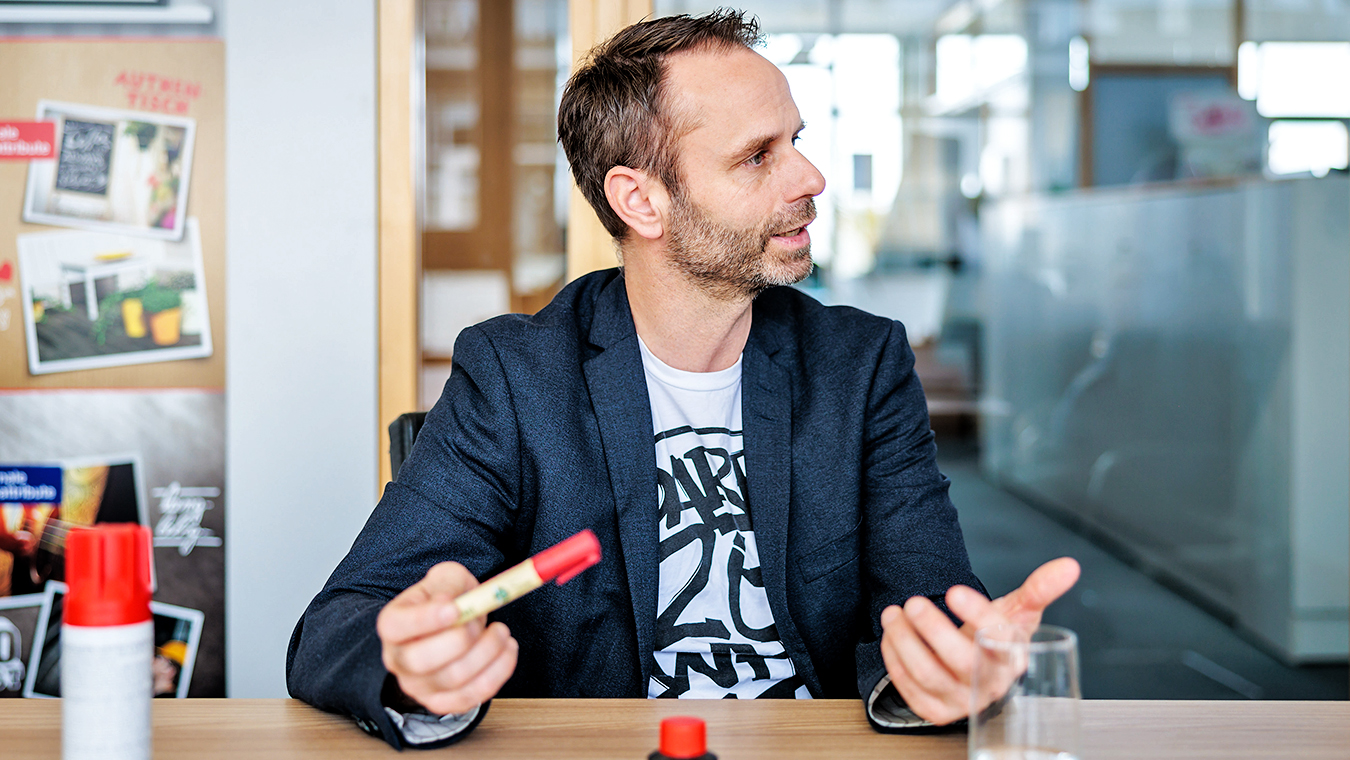
Its course began to change in 2016. That was when the management team led by Per Ledermann, the son of the company’s co-founder, posed the question: “Do we dare to strike out on new paths?” Ledermann asked a young graduate student to conduct interviews in the industry. The student, who was researching disruptive technologies, was charged with determining where and how companies were using Edding markers and what would be replacing them in the future. Her results quickly confirmed the sense that felt-tip pens had hardly any future in standard business or industrial settings. And gave her the material for a doctoral dissertation with the working title The culture of innovation at Edding. She was right on target. After earning her PhD, the former student intern was tapped by Ledermann to lead the newly formed department of corporate innovation management.
The second-generation CEO of Edding takes a clear-eyed view of the situation: “We’re facing enormous change. Markers will hardly be needed anymore, aside from a few for design thinking. We’ve also moved beyond simply applying color to surfaces.” But Ledermann sees the inherent value in his company’s decades of experience. “Our products have always been about helping people express themselves—which also and crucially means the freedom of expression.” Communication knows many channels, including unconventional ones. Which is how tattoos entered the picture in 2020 as an especially striking innovation.
As Ledermann recalls, “We had already developed the idea back in 2009 when our management committee was meeting for strategy nights over pizza and beer, but we didn’t pursue it.” Perhaps the impromptu notion was ahead of its time. And Edding was probably not ready for it. At any rate, the idea lay dormant for a good five years—until Ledermann took it up again following renewed mention by a friend and proceeded to cause a sensation at the company headquarters in Ahrensburg, northeast of Hamburg. He pulled out all the stops, approving a “seven-digit figure” for the initial budget, ordering inks to be developed in accordance with the latest E.U. guidelines, hiring five tattoo artists in 2020, and opening the company’s first tattoo studio in the historical Chilehaus building in Hamburg’s upscale city center. And he got his own first tattoo, a heretofore unusual action by Ledermann family members except for the director’s nephews. “If we’re entering new territory, then I have to go there too,” says the CEO, who can now also imagine opening studios in other large cities.
The new business model was not entirely without detractors—as might be expected when an established manufacturer shifts to providing a service. “The tattoo community was skeptical at first, because a large company was moving into its small-scale market.” The workforce at Edding also had some reservations. “Our long-standing ensemble had been playing flawlessly together for years and suddenly had to deal with a different kind of music,” remarks Ledermann. “That was a source of unease and critique—like a wild rock band crashing the concert of a philharmonic orchestra.”
Between Boardroom and Zebra Farm
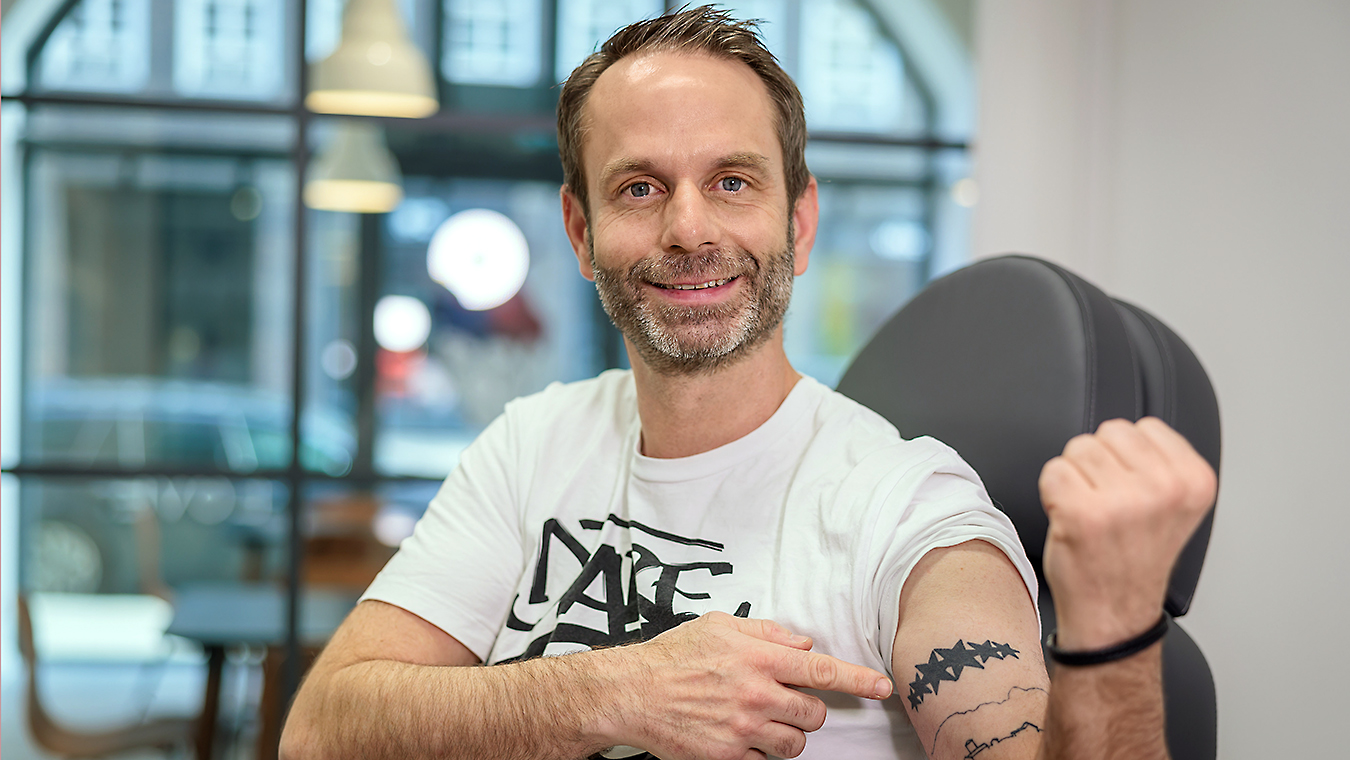
But Per Ledermann, whom some of the older employees had known since his childhood as the son of the founder, appealed directly to the people at the company. Small three- and four-member project teams were created and he joined them too. “I got personally involved in an effort to build the bridges we needed to pivot from a rather hierarchical organization to an agile one.”
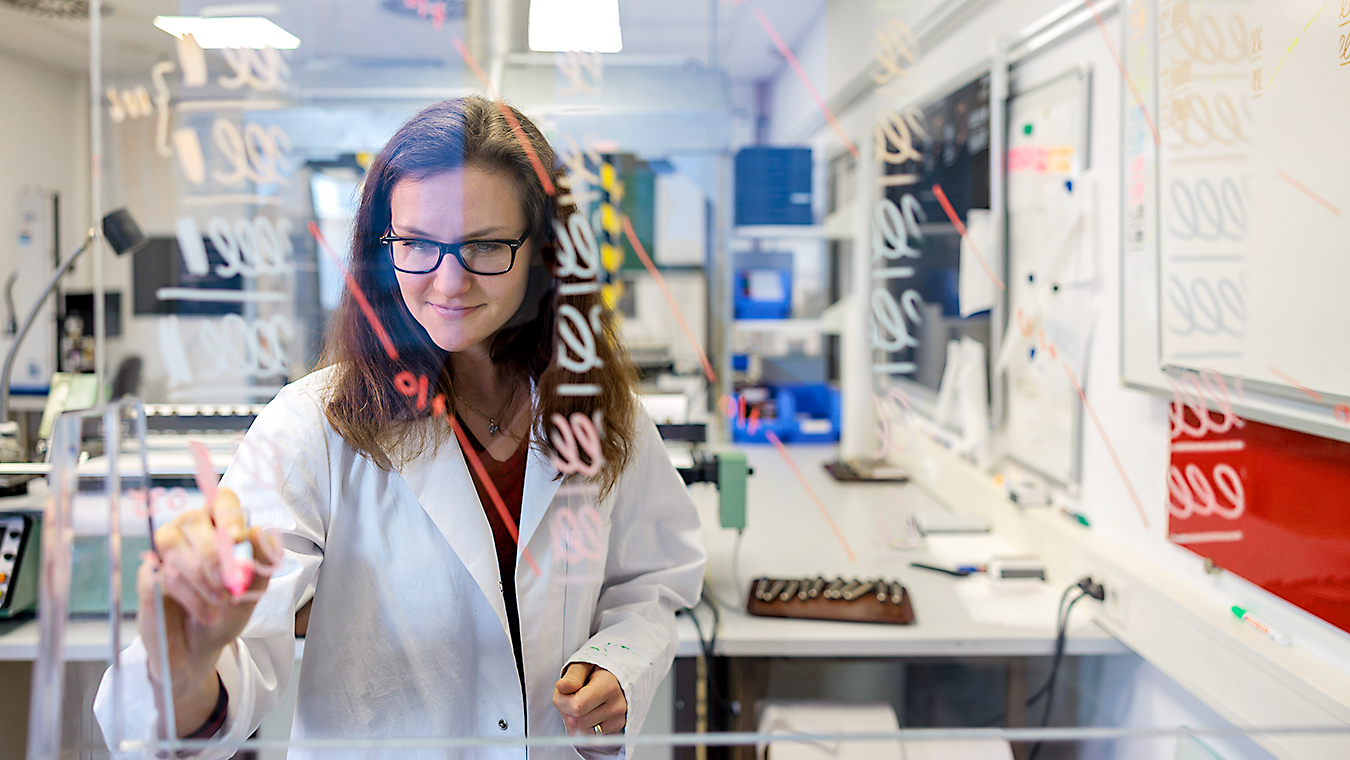
Actually implementing the transformation was of course not quite as simple as it might sound. Ledermann is very open and self-critical on this score. “Despite being on a number of different teams I realized I still wasn’t visible enough. So I starting holding one-on-one talks in order to learn from people. But also to do some convincing.” The employees could see how serious their boss was about the transformation. For his part, Ledermann realized that “we had burdened ourselves with too many areas of innovation. The gap between management and the team was too big. Sometimes I was hell-bent on getting my way. At other times I shied away from conflict.”
Good communication can be an important part of making a transformation work. One employee launched a series of informal evening get-togethers over wine called the “Strategy Spirits.” Gatherings outside the normal routine made it easier to chart a new course and ensure everyone was on board. Tattoo inks alone, of course, would not be enough for the company to survive, let alone grow. But Edding has remained true to its colors, albeit in novel ways. Its portfolio now even includes nail polish, whose primary buyers are large drugstore chains.
In addition to cosmetics, Edding is continuing to target its long-standing clientele in other businesses and industries. Now, however, the products it provides for professional applications are digital. The “Edding code” technology, for example, uses conductive digital inks to detect forgeries of documents such as driver’s licenses and to electronically verify brand-name products. In producing innovations of this type, the north German company has been working closely together with start-ups, which it invites in different combinations to discussion sessions at its headquarters.
One of these young companies is Prismade, which invented the digital ink used at Edding. In 2018, Edding acquired a 50 percent share of it. To handle the development and international sales of innovative digital technologies, Edding founded a business unit in Munich called Industrial Tech Solutions. Its portfolio includes the Edding compact printer, a small labeling device—made in Germany—for industrial production processes. As Ledermann explains, “It’s essentially a digital and fully connected 4.0 version of a classic Edding product.” Which takes the specialist in permanent markers almost back to its roots. However, that’s not the end of the transformation for this world-famous maker of writing instruments. Ledermann, who runs a nature reserve in Namibia with his family while on vacation, is especially clear on this point: “In many respects we’re still right in the middle of the process of change.”
One thing that definitely should not change, however, is the company’s identification with its history. When the interview is nearly over, Ledermann, in keeping with his role as head of a family-run company, puls a black “edding no. 1” marker out of his pocket. He twists off the cap with two fingers in lightning speed, and writes the company’s name on a piece of paper. Although six decades old, the original product still works perfectly. “Our very first marker was refillable,” says the boss—who upholds the tradition of writing the company name in small letters but attaching great importance to sustainability.
